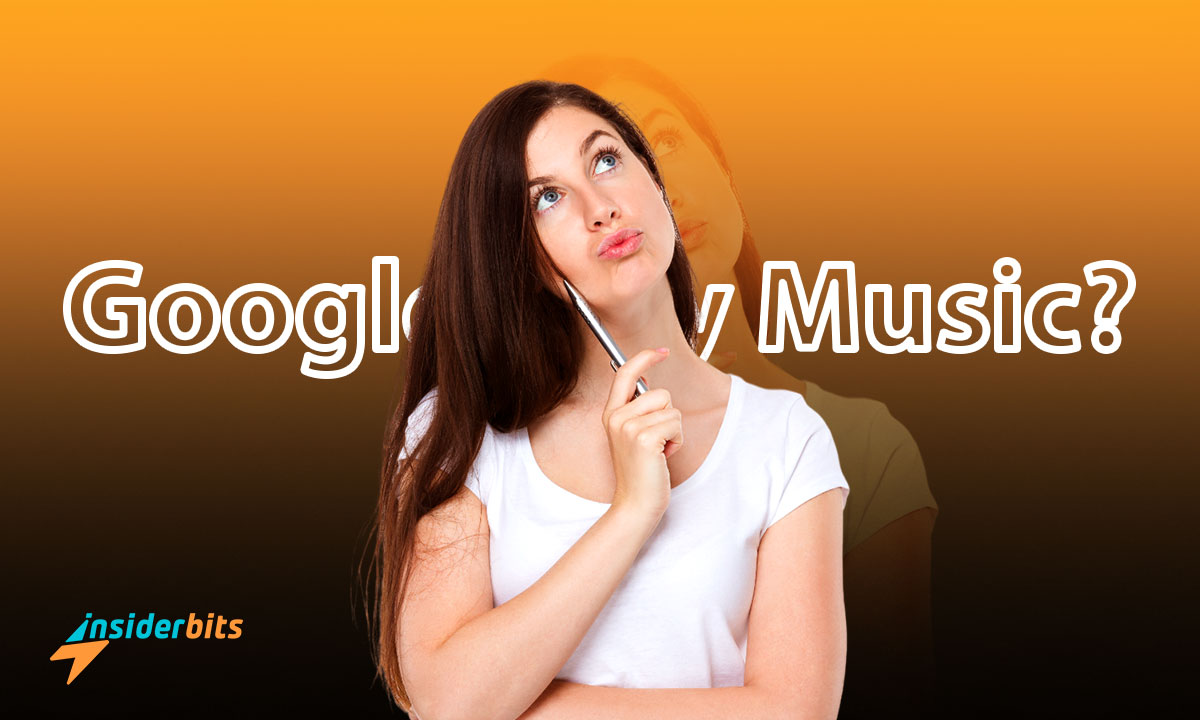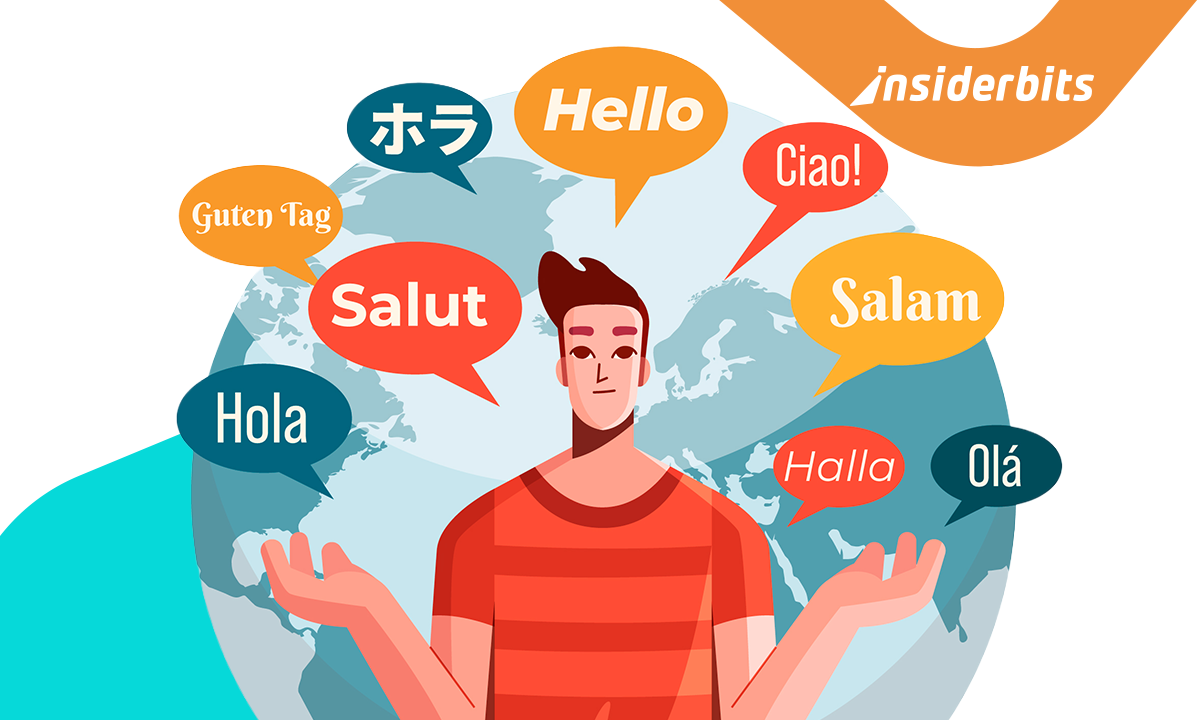There are plenty of music streaming services out there with the most popular being Spotify, Apple Music, and Amazon Music. However, there was another popular music app that has disappeared recently – Google Play Music.
So, what happened to it? Wasn’t it good enough? We, at Insiderbits, will show that in just a minute. But first, let’s get a brief overview of what it offers and its history.
Google Play Music: App Overview and Features
Google Play Music was a music app launched in 2011 by Google. In its initial days, it wasn’t for streaming music but to store your music. In simpler words, it allowed users to store their music in the cloud so they could access it on any device.
But with changing times, it adapted to people’s tendency to listen to music online by providing a pool of music with its app. It had over 35 million songs and worked on the freemium business model.
Google Play Music gave access to all its content for free but was limited to artist radios, allowed limited skips, and showed ads. A subscription to its premium was needed for a better experience which was priced at $9.99 a month.
However, its initial cloud service to store music also ran simultaneously and allowed users to store as many as 50 thousand songs that can be listened to ad-free. Here is more of what it offers:
1. Personalized Recommendations
It didn’t just make you listen to music but took care of your taste as well. So, as you enjoyed music, it noted your pattern and helped you find more artists and tracks similar to your preferences.
2. Curated Playlists
Just like Spotify and other popular music apps, it also had pre-created playlists that catered to various moods, genres, and activities. You could have also created your playlist by just adding songs to it.
3. Offline Listening
It allowed users to download songs and listen to them offline. So even if you were far off on a remote island with no internet connection, you wouldn’t miss your songs.
4. Integration with Google Assistant
Google Play Music is seamlessly integrated with Google’s voice assistant. This helped users to play a specific song, repeat a song, or create a playlist by just using voice commands.
But, in 2020, it was all discontinued. Next, we will see why.
What Happened to the Google Play Music?
As you would know Google acquired YouTube in 2006. Then it launched Google Play Music in 2011. However, by 2015, YouTube also started its own music streaming service, YouTube Music, to complement its video-based platform.
So, Google ran 2 separate platforms that provided almost the same service. The dilemma was further enhanced when neither of them did well in terms of number of paid subscribers.
With Spotify leading the chart, Apple Music and Amazon Music were the runner-ups respectively with Google’s music apps lagging by a huge distance.
Thus, the obvious decision of scrapping one of the two projects was announced in 2018. YouTube Music was preferred to keep going. But it was more of a merger than a discontinuation. Since then, things have started to get better.
With a single platform to focus on, Google was able to market its music service better. It also improved its user experience with more features such as extending the playlist size to 5000 songs from 1000 and doubling the cloud limit to 100 thousand personal tracks from 50 thousand earlier.
As of 2023, YouTube Music has over 80 million subscribers which is significantly higher than what it was at the time of Google Play Music’s discontinuation in 2020 – around 30 million.
Conclusion
The non-existence of Google Play Music doesn’t make much of a difference. You have many other music apps at your service which are surely much better such as Spotify, Apple Music, Amazon Music, and (of course) YouTube Music.
So, no matter what, you are only a few taps away from playing your favorite song.





